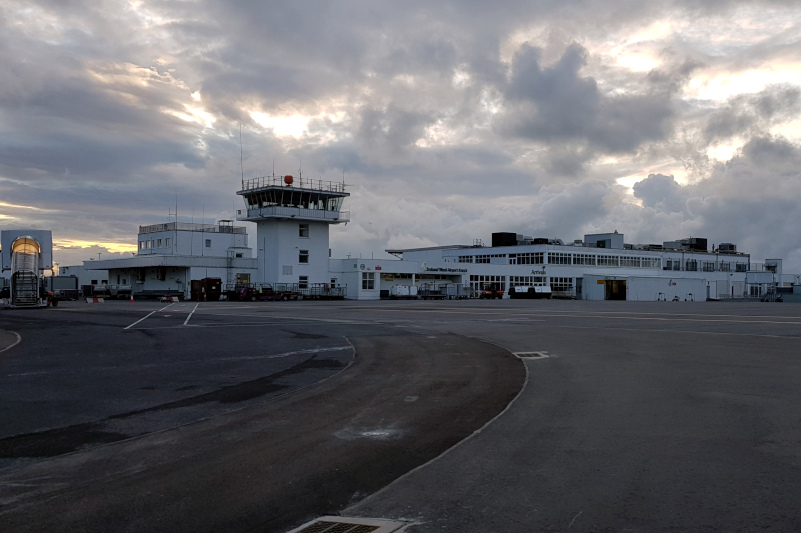Knock Airport Runway Rehabilitation
Value Engineering
Project summary
Officially opened in May 1986, Ireland West Airport, Knock, is located in the west of Ireland. A Code 4E airport with a field length of 2400m, it has the capability to accept aircraft as large as a 747. Until recently the airport had required no major maintenance intervention to its runway or taxiway network. However, by 2018 the situation had changed and a commitment was made to undertake a full runway rehabilitation programme. The aim of the project was to both rejuvenate and strengthen the runway with funding from the Irish exchequer to the value of €8.4m (in addition to a further €3m contribution from the airport) secured.
Scope of services
The ECI phase of the project aimed to devise both programme benefits and material savings using the experience of the contractors engaged in this phase. An in-depth review was undertaken of the tender design which comprised of a 75-90mm overlay to raise the existing PCN of 52/F/A/W/T to the desired PCN of 60/F/A/W/T. The assessment concluded that the existing runway may have had an inherently higher PCN than originally declared on account of a conservative CBR value used in the original calculations. In addition, the existing runway’s visual condition was such that major structural issues were not evident. The result was that a reduced theoretical overlay was potentially sufficient to achieve the structural objectives.


In the wide-ranging value engineering assessment, further consideration was given to the design aircraft and the future traffic mix at the airport. A PCN of 60/F/A/W/T would safeguard the aerodrome for future use by large wide-body aircraft however the typical fleet in use at the airport (B737-800, A321/321) had declared ACN values of between 43 and 55. Pro-rated for the length of the runway available and the associated aircraft weight, there was sufficient evidence that minimal structural strengthening was required in the final solution.
Benefit
The value engineering assessment undertaken allowed the contractor to present a range of inlay and overlay pavement rehabilitation options to suit the airport’s needs and budget. With each option came associated programme benefits translating into a shorter overall project length, reduced risk on nightly possessions and the potential to reduce costs further through fine-tuning the pavement design.
Summary of key points
- Revised assessment of existing runway strength
- Multiple pavement options proposed to suit programme & budget
- Improved quantification of risk